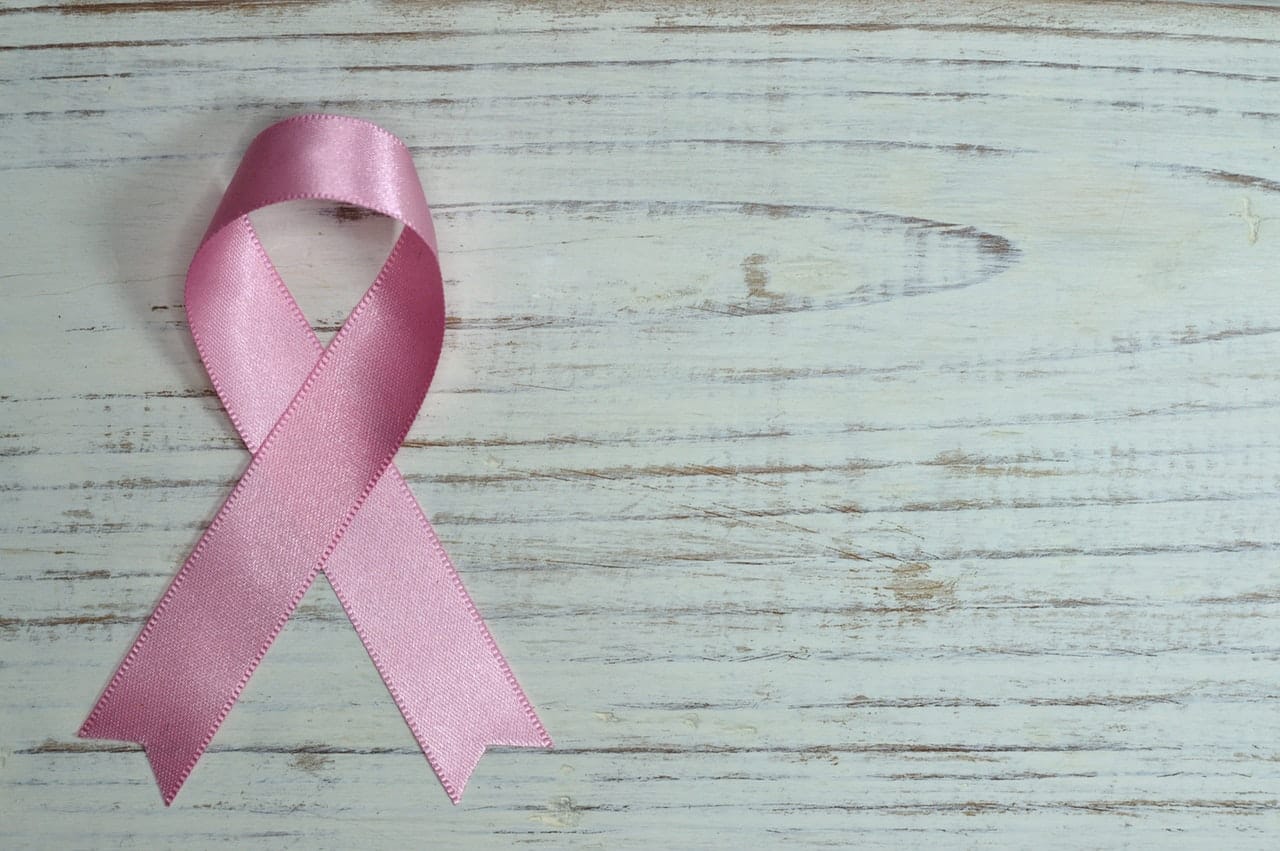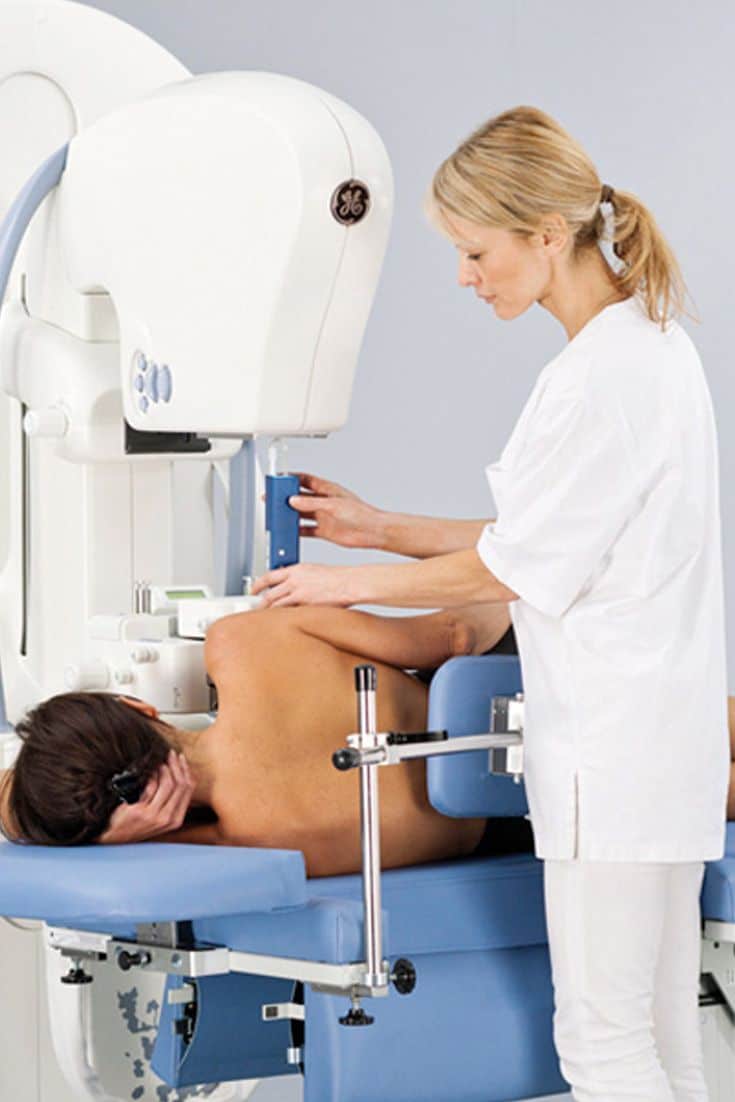Around 1 in every 8 American women will suffer from breast cancer and its consequences, during her life. Out of this 12%, 1 in 38 breast cancer patients die, making its incidence of death 2.6%. This can be terrifying to know, especially since breast cancer, usually, starts asymptomatically (without symptoms). The disease starts to spread unnoticed, and when it is detected, it’s usually in its advanced states. Needless to say, as it progresses, the chances of survival decrease.
This is exactly why we’ve come to welcome October as the month of breast cancer awareness. We tackle every aspect of this disease, giving you what you need to know about breast cancer, its risk factors, signs and symptoms, and early detection methods. You’ll even realize that breast cancer can affect men too, albeit rare. Thanks to the increased awareness, women of all ages and backgrounds, now, have better knowledge about how to detect any of its signs and symptoms, as early as possible, to take the necessary measures.
IMAGE: PEXELS
Stages Of Breast Cancer
Like any other cancer, breast cancer progresses in stages. The stage is assessed depending on the degree of cancer invasiveness, size, and other factors. These factors determine the course of treatment and give an indication of the survival possibility.
Here’s an overview of the stages of breast cancer and the changes happening in each one.
1. Stage 0
In this stage, the cancer is still localized in the breast tissue. It has not spread to the surrounding tissues, lymph nodes, or other body parts. This is the least dangerous stage with the best prognosis and survival rates.
2. Stage 1
Stage 1 is sub-classified into 1A and 1B. Stage 1A means that the tumor is still small; less than 2cm in size, and that it has invaded the surrounding tissue. However, no lymph nodes were involved. Stage 1B means one of two things; the tumor is only found in the lymph nodes, at a size ranging between 0.2 mm and 2mm, without an obvious presence in the breast tissues, or that it is also found in the breast tissues, as well as the lymph nodes.
3. Stage 2
Stage 2 is also sub-classified into 2A and 2B and is a bit more serious. In this stage, cancer, in the breast tissue, has grown in size, ranging between 2 cm and 5 cm in size, while also spreading to the lymph nodes. The other possibility is that cancer has not spread to the lymph nodes, but is larger than 5 cm in size. In either sub-stage, the cancer is still relatively limited to the breast and lymph nodes.
4. Stage 3
This stage consists of 3 sub-classifications, but, it all just means that it’s becoming more serious. In this stage, the cancer is spreading beyond the breast tissues, while increasing in size within the breast.
5. Stage 4
This is the metastatic stage of cancer; it spread beyond its origin to affect other body organs. It can metastasize to the lungs, liver, brain, or any other area. This is the worst prognosis of all, with the least survival rates.
Importance Of Early Detection
There are two reasons why it’s crucial to detect breast cancer as early as possible. The first reason is that the longer you wait the worse the prognosis and survival rate. The American Cancer Society has put some guidelines regarding the survival rates of women of the same cancer stage and prognosis. They show the percentages of those who are alive on a time-span of 5 years, after the diagnosis. It is quite obvious, from the numbers, the more you wait, the worse it becomes. The estimation goes as follows:
- Stage 0: 93%
- Stage I: 88%
- Stage IIA: 81%
- Stage IIB: 74%
- Stage IIIA: 67%
- Stage IIIB: 41%
- Stage IIIC: 49%
- Stage IV: 15%
As for the second reason, it’s because breast cancer usually occurs without any significant symptoms, initially. You’ll only be able to catch it if you’re looking for it. As a result, breast cancer awareness campaigns have come to life, all in the effort of alerting women about their risk factors, the self and professional checkups to get, and the signs to look for during the checkups. When caught early, it’s very possible to manage and eliminate cancer.
Breast cancer is an ugly disease that can affect young and older women alike. The worst part is its silent invasion, as it progresses without any symptoms. Waiting for the symptoms to appear slims down the chances of surviving it, which is why early detection and prevention is essential.
If you are interested in even more lifestyle-related articles and information from us here at Bit Rebels, then we have a lot to choose from.


COMMENTS